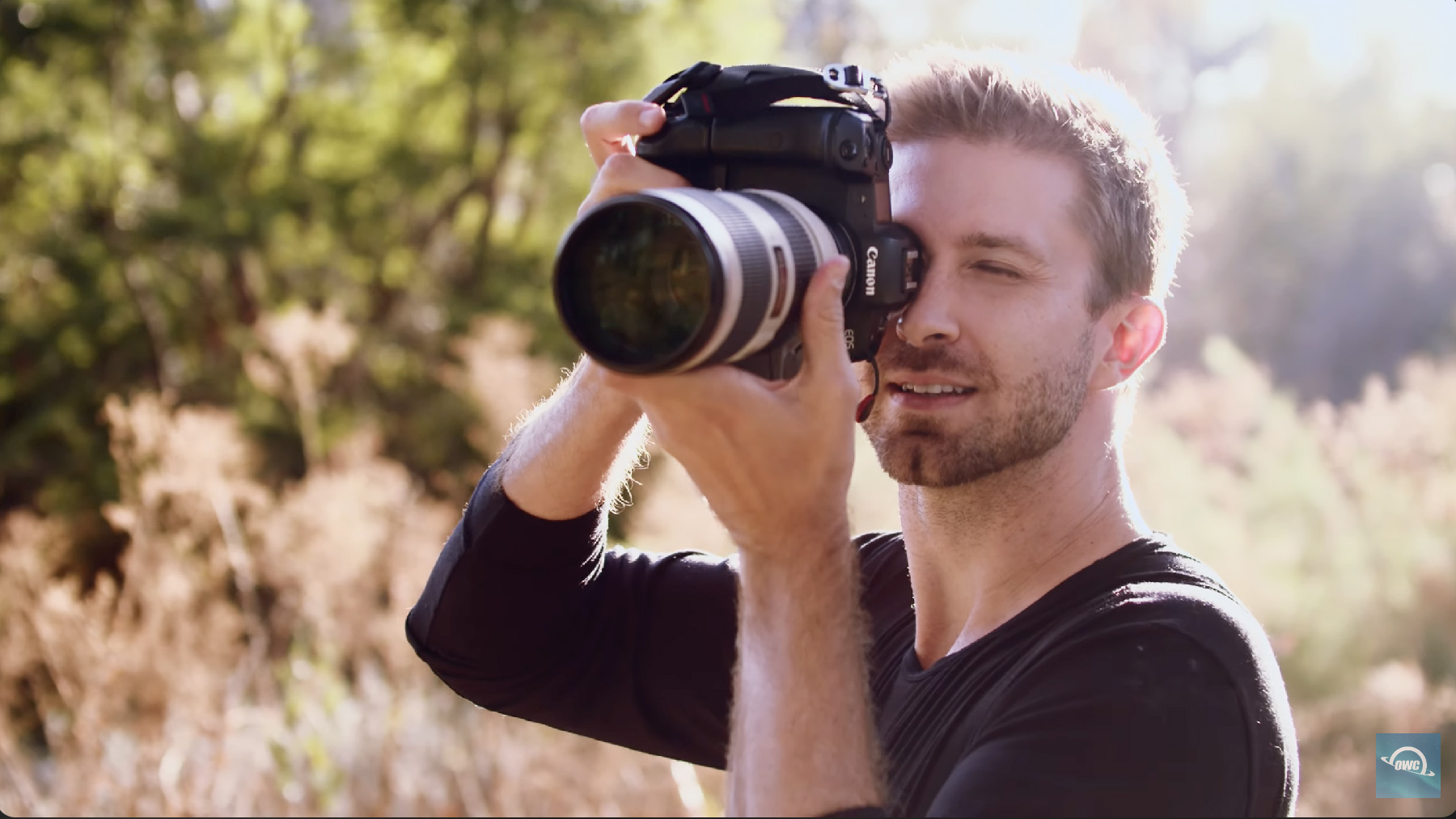Don’t shortchange your high-performance camera with low-performance cards
You’ve invested in your camera and your business – don’t shortchange your setup with low-end memory cards

As professionals, we take great pride in our equipment and having the best tools. We spend countless hours testing and investing in the right cameras, and tie ourselves in knots making sure that we’re picking and packing the perfect lenses for the job.
So, with all that time and investment spent on our setup, the last thing we want to do is let our gear – and ourselves – down with low-performance memory cards.
Sometimes, it’s simply an oversight; all memory cards are basically the same, so it doesn’t matter, right? Other times, it’s a case of budget; it’s more important to buy a slightly better lens or a nicer camera bag, isn’t it? And maybe, at times, we’re suckered in by a bargain; this card is super cheap, so I can get two for the price of a more expensive one, so doesn’t that make more sense?

The truth is, your memory card is the single most important part of your setup. It’s more important than the lens on the front of your camera, or even the camera itself. After all, if your card can’t keep up with what you’re shooting (or deliver the speed you need for offloading) then it doesn’t matter how good your glass is or how brilliant your body might be.
Even worse, nothing is more devastating than losing your data after an important project because the card that you purchased wasn’t designed with quality and reliability in mind.
You should put as much time, care and investment into your choice of memory cards as you do every other part of your setup – because all cards are not created equal. Just as you need a pro-grade camera to perform professional work, you need a pro-grade memory card inside it.
What to look for
Look for reliable cards from reputable names. Companies like OWC – a memory card manufacturer that has been in business for over 35 years – have not only proved themselves in the industry, they also offer reliable customer support and after-sales service to provide peace of mind. In the case of OWC, that also means a worry-free three-year limited warranty.
Get the Digital Camera World Newsletter
The best camera deals, reviews, product advice, and unmissable photography news, direct to your inbox!
Of course, speed is key with your cards – especially with the increasingly demanding workflows of high-resolution RAW stills and high-bitrate 4K, 6K and 8K video. So, you need to pay attention to much more than just the capacity, because not all cards can keep up with this data-heavy imaging!
The most common CFexpress form factor among pro cameras is the Type B card, which delivers the fastest possible speeds – twice as fast as its little brother, CFexpress Type A. Make sure to look for write and read speeds of around 3,000MBs and 3,650MBs respectively, such as OWC’s Atlas Pro or Ultra CFexpress Type B cards.

Crucially, these cards aren’t just compliant with the existing CFexpress 1.0 and 2.0 standards, they also meet the latest CFexpress 4.0 requirements. While no cameras yet support the specification, investing in a 4.0-compatible card will future-proof your workflow – and enable you to take advantage of faster offload speeds right away, when using compatible readers (such as the OWC Atlas CFexpress 4.0 Type B reader, which is capable of up to 5000MB/s).
Pro filmmakers within Sony’s ecosystem will need CFexpress Type A memory cards. Here you’ll want to ensure that you’re achieving speeds of about 1,700MB/s for writing and 1850MB/s for reading. More importantly, you need to watch out that your card is VPG200-certified as only these cards are able to unlock the highest allowable settings in Sony’s Alpha, FX and FR7 cameras.
OWC has also taken a unique step in building an ecosystem around its memory cards and readers, through an application called Innergize. This free software enables you to monitor the health of your cards and sanitize them factory conditions, to maximize their performance. It also enables you to upgrade your card’s firmware for faster performance or better compatibility with new cameras.
At the end of the day, there is zero point having a high-performance camera if you don’t have a high-performance and reliable memory card. So, take your time, do your homework, and make sure to choose a card that does your camera – and your work – the justice it deserves.

James has 22 years experience as a journalist, serving as editor of Digital Camera World for 6 of them. He started working in the photography industry in 2014, product testing and shooting ad campaigns for Olympus, as well as clients like Aston Martin Racing, Elinchrom and L'Oréal. An Olympus / OM System, Canon and Hasselblad shooter, he has a wealth of knowledge on cameras of all makes – and he loves instant cameras, too.
